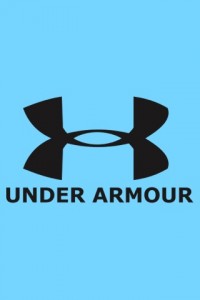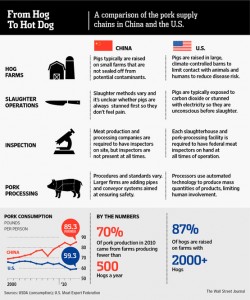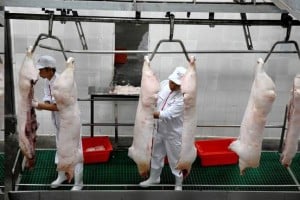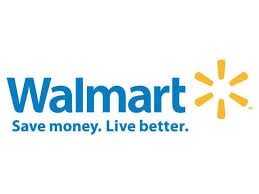In last decade, the economic boom in China and its future dominance in key industrial sectors has been a tireless news event and is still an exciting hot business topic. With the rapid business expansion in China, multinational logistics companies are desperately in need of local management personnel to staff new offices and routes. However, multinational logistic enterprises are experiencing hard times to find qualified candidates recruit them and retain them in China.
The biggest reason that I choose Operations Management (supply Chain Management) as my concentration is that I perceive this as an exciting opportunity to work oversea as an expatriate in China. I want to develop a broad base of business skills, knowledge of Supply Chain Processes through my MBA courses. China is evolving and changing everyday; it’s great to be a part of that and witness the improvements that benefit the average Chinese person. I hope that in some way to contribute to the process.
According to the Journal of Logistic Management, the role of the expatriate has never been more important and challenging. The article states supply chain and logistics manager have interviewed Chinese based western expatriates and local professionals on many assignments spanning appointments in operations across the supply chain. The interviews show that expatriates will be a willing and eager segment within the work force; Chinese people want to learn from best global practices, different management styles and achieve objectives. While expatriates looking for a new challenge will find lots of new learning opportunities and also have the opportunity to shape the future of a business potentially far in excess of their home country business.
Interestingly, expatriates who have completed the foreign assignment successfully are more likely to get promotion when they return. If this is a win-win situation for both sides, why are more than 30% of expatriates failing to complete their assignment? What are the major challenges as expatriates in China?
Based on a set of interviews with executives in global logistics companies, it suggests expatriates end their foreign assignments earlier because of the following reasons: cultural difference and languages barrier. These reasons have great impact on expatriates’ performances, motivations and satisfaction. Most Western business expatriates in China work in unfamiliar surroundings, as they typically do not understand much of the language and the culture. More importantly, these expatriates lack cross-cultural training before they depart to China.
In term of cultural differences, Chinese emphasizes persistence, relationships ordered by status, personal adaptability, leisure time is not emphasized, frugality, and good or evil depends on circumstances. While Americans emphasizes quick result, status not critical in a relationship, the importance of leisure time, spending, and belief in absolutes about good and evil.
Acknowledging these factors of Supply Chain Expatriates in China it is clear that they face both risk and opportunity prompting companies and individuals to prepare as best they can to improve the success rate of foreign assignments. What are your thoughts?
References:
Shi, Yanhong and Robert B. HandField, Talent management issues for multinational logistics companies in China: observations from the field.International Journal of Logistics: Research & Applications; Jun2012, Vol. 15 Issue 3, p163-179, 17p
Goffnett, Sean P.; Cook, Robert L.; Williams, Zachary; Gibson, Brian J. Understanding satisfaction with supply chain management careers: an exploratory study. International Journal of Logistics Management. 2012, Vol. 23 Issue 1, p135-158. 24p. DOI: 10.1108/09574091211226966.
Portioil Staudach & Alberto Tantardini (2012), International Journal of Production Research; Jun2012, Vol. 50 Issue 12, p3257-3273, 17p, 2 Diagrams, 5 Charts, 5 Graphs









